Thessaloniki, also known as Thessalonica or Salonica located on the Aegean Sea, is a popular tourist destination. It is the second largest city in Greece, with over 1 million inhabitants in its metropolitan area, and the capital of Macedonia. In 2013, National Geographic Magazine included Thessaloniki in its top tourist destinations worldwide. Its Paleo Christian and Byzantine Monuments including 11 churches, 2 monasteries, City Walls and Byzantine Bath were inscribed on UNESCO world heritage list in 1988.
So you have just a one day to spend there and want to explore it all filling the day to the brim, here’s my plan what to see in Thessaloniki for you.
Morning
In the morning after breathing in some sea air at the sea coast near Aristoteles Square, make your way to Agia Sophia temple and find a man with a blue umbrella with a Free Tour sign on it.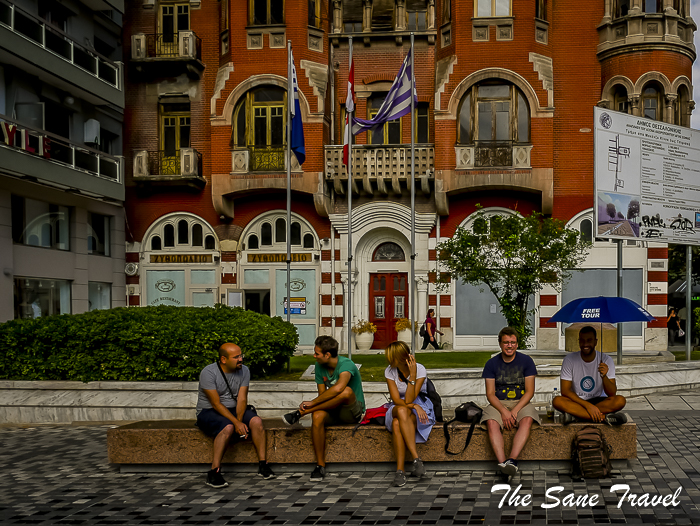
The tour includes the following landmarks:
Agia Sophia
Having 1600 years of history, Agia Sophia temple is one of the most impressive Byzantine churches of imposing Thessaloniki architecture, beautiful wall paintings and elaborate mosaics. The majority of the wall paintings date back to the 11th century. During the Ottoman times, it was converted into a mosque. The temple of Agia Sofia is one of several cities’ monuments included as a World Heritage Site on the UNESCO list. Like several other monuments, the temple was significantly damaged because of the 1917 fire and was afterwards gradually restored.
Church of Panagia Chalkeon
Church of Panagia Chalkeon is also included in the UNESCO World Heritage List. According to the founder's inscription on the lintel of the west entrance, the church was built in 1028 by royal protospatharios Christophoros, and his family, in a place where there had previously been a pagan house of worship. The Church of the Panagia Chalkeon has now sunk below the level of the modern city, mainly as a result of earth deposits laid down after the fire of 1917. The painted decoration of the church, in spite of not being in a good condition, is of great interest because the bigger part of the wall-paintings was done at the same time as the foundation of the church.
Ancient Agora
The Ancient Agora (Roman Forum) was revealed during archaeological excavations in 1966. There is no exact answer about how old the Forum is but it is no younger than 1500 years. Based on the models of the forums that the Romans had built in many provinces of the Empire, the Roman Forum was built in the centre of the fortified Thessaloniki. It was the economic, political, social and religious center of the city for many years. The Roman Forum was set around a rectangular stone-paved square and comprised arcades and large public buildings. So far the eastern side of the site has been uncovered. Throughout the area of the Roman Forum, colonnades, floor mosaics, apses, water and drainage piping have been found, together with statues, jars, and coins. Until the 19th century, in the southeastern entrance, a group of female’s statues was preserved, but now they reside in the Louvre Museum in Paris.
Agios Dimitrios
Is considered by many to be the most important church of Thessaloniki. It is devoted to the patron Saint of the city. The temple was built in the 7th century and has undergone continuous reconstructions, additions and several disasters occurring throughout the centuries. During the Ottoman occupation period, the church was turned into a mosque. One of the side effects of the fire of 1917 was the revelation of a number of older mosaics dating back to the 7th century AD. After the fire, massive restoration efforts took place there for many years. The place attracts many guests and religious art specialists, especially from Europe and many Orthodox countries as well.
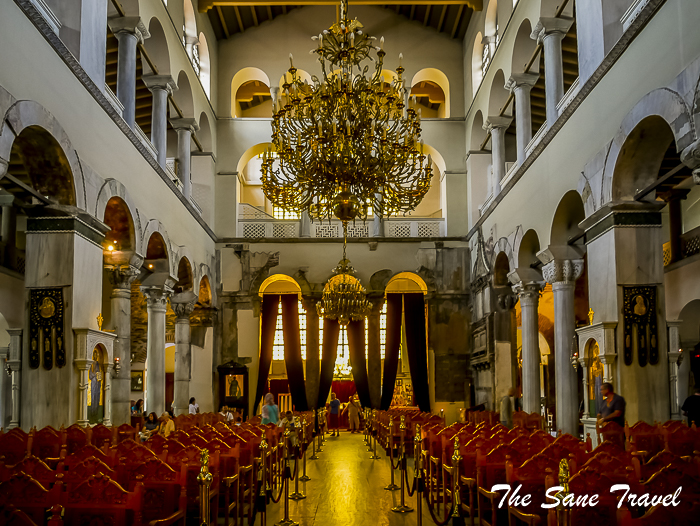
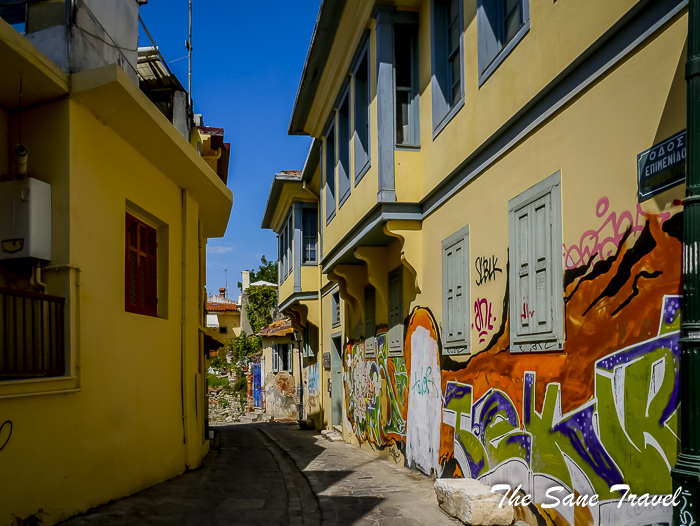
Latomou Monastery
It is a very small but historic monastery, a place that should be not missed, which was built upon the ruins of a Roman period building, during the early Byzantine times (late 5th to early 6th century). Half of the monastery is inside a cave from natural stone. The Latomou monastery is known for its late 5th century well preserved mosaic that illustrates the scene of Vision of Ezekiel with Jesus Christ at a young age ascending into Heaven. The visitor of the Latomou monastery can also view wall-paintings of great significance that date back to the 12th century. At the end of your visit take a moment to admire the magnificent view from its yard!
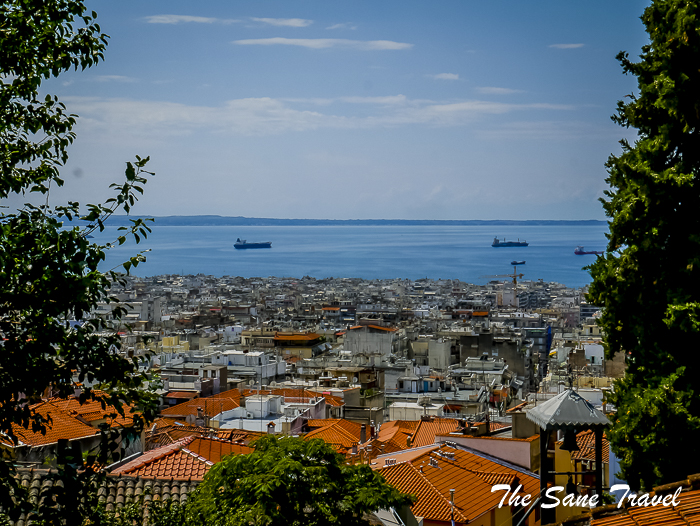
Vlatadon Monastery
This is the only Byzantine monastery that has worked incessantly until today and dates back to the 14th century. It belongs to the Ecumenical Patriarchate of Istanbul and is also one of the monuments of UNESCO World Heritage. Besides the very interesting history of the monastery, it is a place to relax and admire the view of the whole city from about 130 metres above. The monastery was founded in the middle of the 14th century by brothers Dorotheos and Mark Vlatades. Empress Anna Palaiologos, also known as Anna of Savoy, was one of the founders of the Monastery. She was installed in Thessaloniki in 1351 and stayed in it as directress until her death.
The Thessaloniki Walls
The Thessaloniki Walls (Fortress) are the result of a long building process and continuous maintenance that started more than 2000 years ago and went on till the beginning of the 20th century. The walls have saved the city from external enemies many times. The principal construction works were undertaken during the 3rd, 4th and 5th century. Overall, of the 8,000 metres of Byzantine walls about 4,300 metres remain standing today.
Afternoon
You must be very hungry by now so have a well-deserved lunch at
The Castle Tavern
The Castle (To Kastro) tavern is a family business established in 1985 with excellent service and delicious and unique dishes made with love, inspired by traditional recipes of Greek cuisine and tradition. In the tavern, you can see beautiful frescoes, photographs of all years of tavern operation, old cooking utensils used by an old Greek housewife who cooked daily for a big Greek family.
After a great lunch, you must be ready to walk downhill next to the city walls while you reach
The Archaeological Museum
It is one of the most beautiful and important museums of the city. Due to the city’s rich Ancient Greek, Roman and Byzantine history, the museum hosts a variety of exhibits. There are beautiful samples of Roman architecture, unique colourful mosaics, sculptures and jewellery from the Greek Classical and Hellenistic period. In 2003 it was completely renovated and re-organized into six permanent thematic units.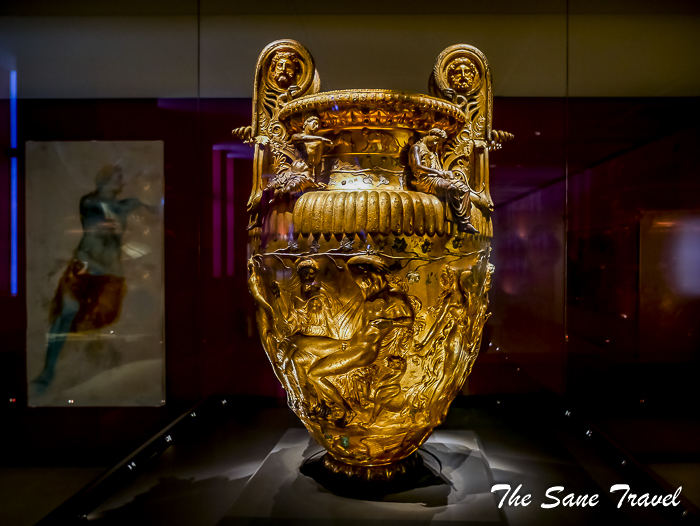
The “Gold of the Macedon” and the new permanent open ground exhibition called “Field House Garden Grave” are definitely some of the most interesting areas of the museum. In the South side of the museum, there is a cafe available. After the visit head towards the sea and within a short walk you will reach
The monument of Alexander the Great
It is located in Nea Paralia right by the sea. It is an impressive, six meters (20 ft.) tall monument that represents Alexander while riding his horse Bucephalus, one of the most famous horses of antiquity. After extended reconstruction, the entire waterfront area of Thessaloniki along with Nea Paralia transformed into a wonderful place, ideal for a relaxing walk, jogging or biking!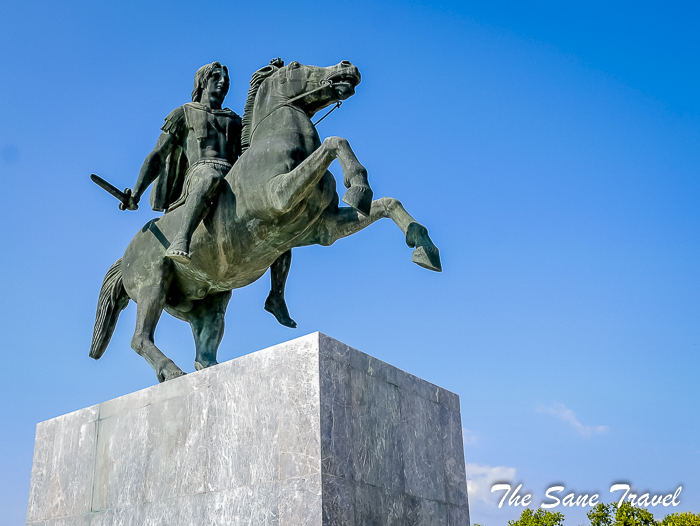
White Tower
The White Tower is perhaps the most recognizable spot in Thessaloniki. It was one of the towers that strengthened the fortification of the city walls. Most likely it was built during the early Ottoman period in the early 16th century. At the end of the 19th and the beginning of the 20th century, the Turks demolished several city walls in order to allow the sea breezes to cool the city, and give the city an opportunity to expand beyond its original fortified limits. So the White tower was left alone without walls.
White Tower was used as a place for execution in early 19th century hence the locals coined the name Kanli-Kule, or Tower of Blood. In 1891, Jewish prisoner called Nathan Guidili undertook to paint it white in exchange for his freedom. Thus the White Tower was born. Today the renovated White Tower is used as an exhibition centre, housing permanent exhibition dedicated to Thessaloniki and also some temporary exhibits.
So here is the end of your very packed walking tour of Thessaloniki. Relax a bit in one of the nearby cafes and head back to your hotel for well-deserved relaxation. If you stay in White Luxury rooms like me, you may use public transport from there to give some relief to your legs.
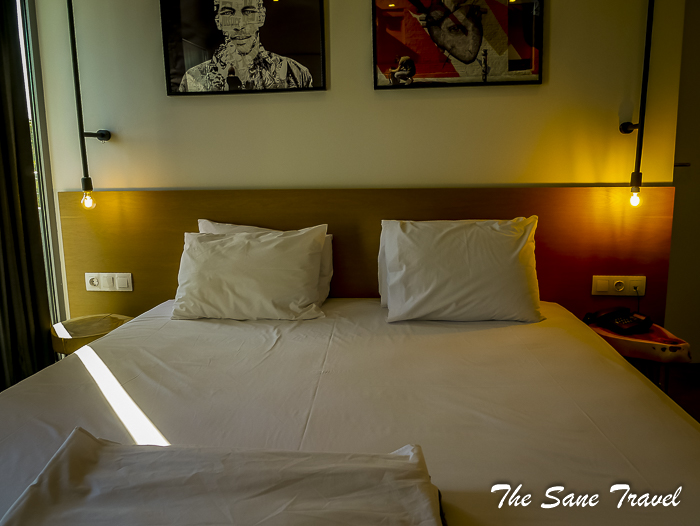

Author: Anita Sāne

About the author
Anita is a part-time traveller, passionate photographer and a retired career woman from Latvia, travelling mostly solo for more than 15 years. She is a skilled travel planner who plans and executes her travels by herself. Anita wants to show you how to travel the world and open your mind to new experiences. Follow her on Facebook, Instagram, Pinterest, Twitter and Bloglovin.
{module Sign for my blog news! (2)}


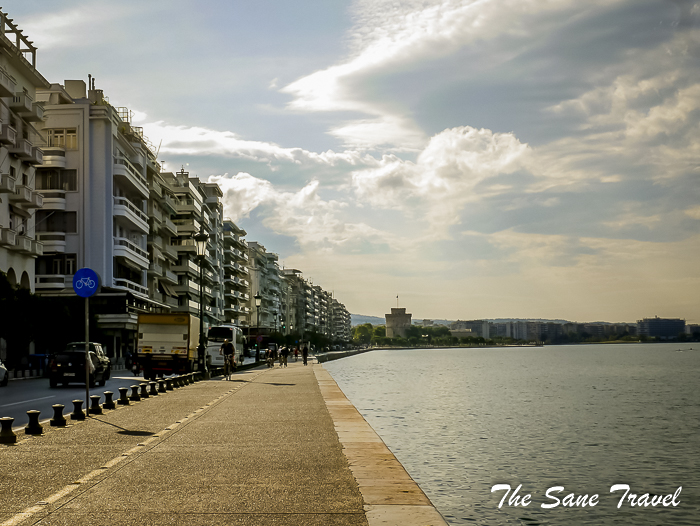
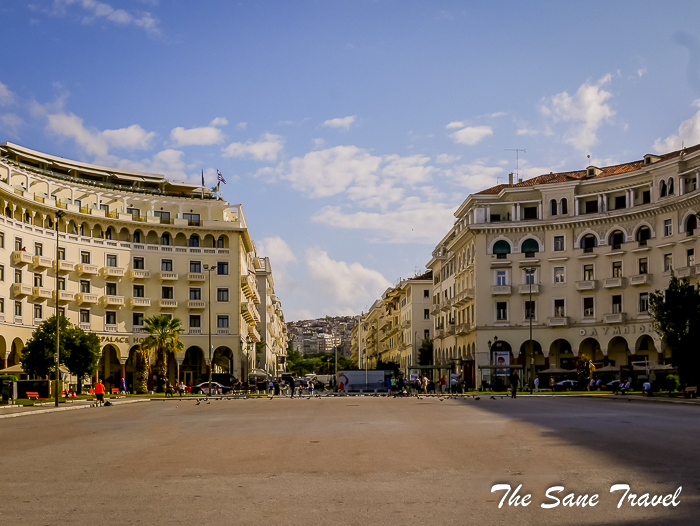
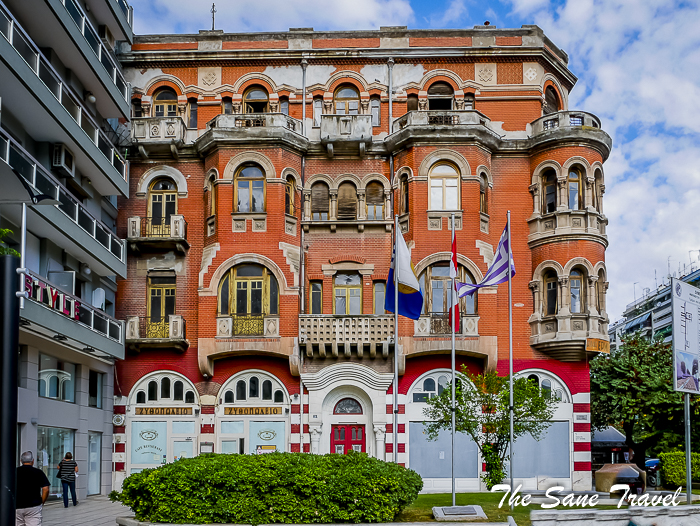
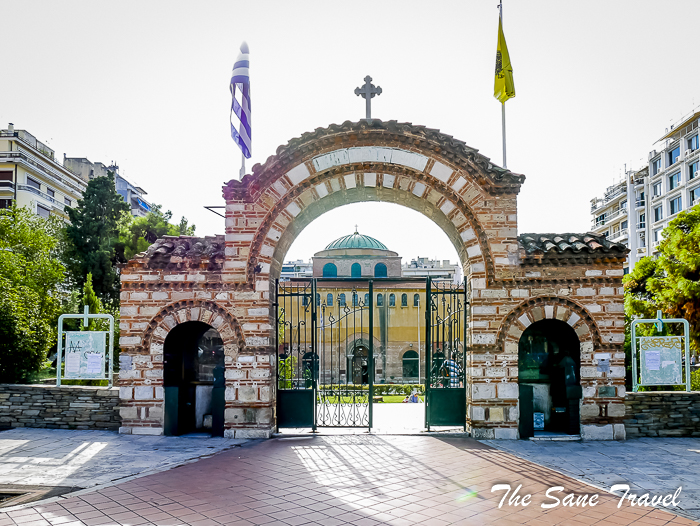


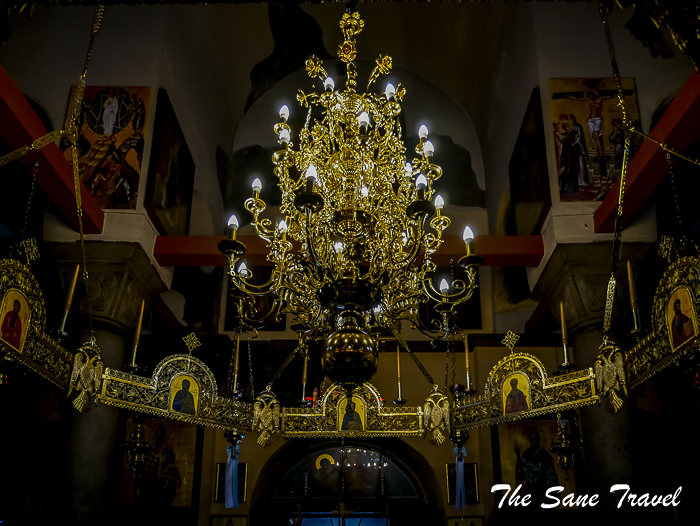

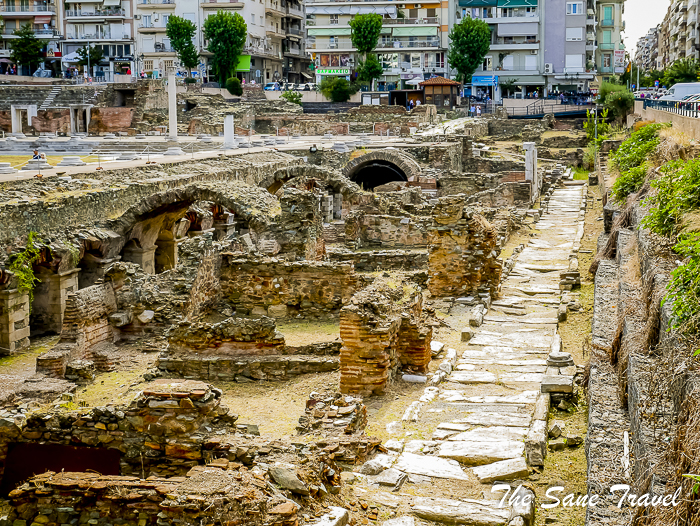


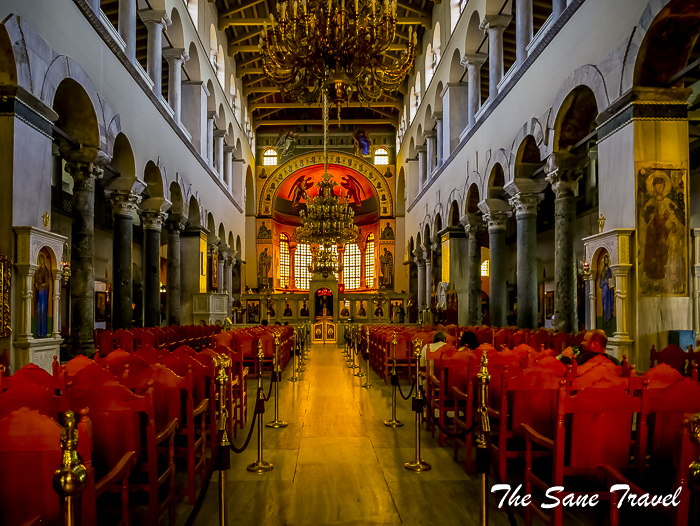
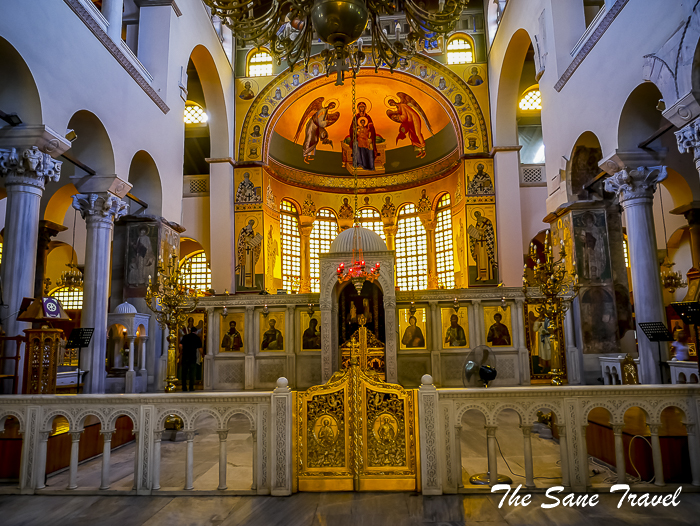
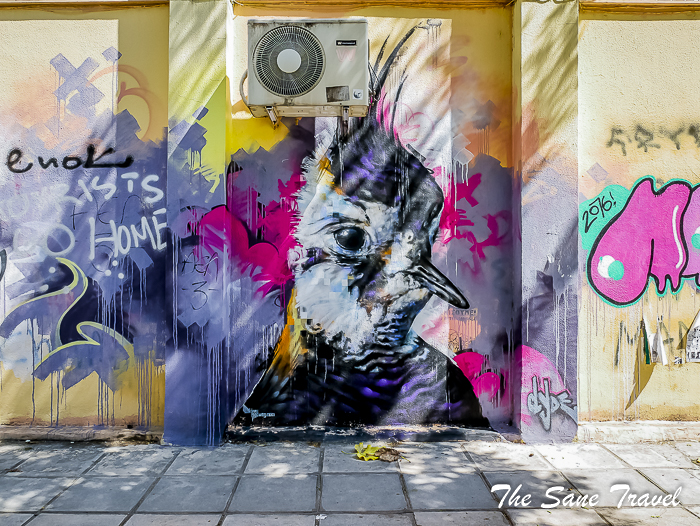

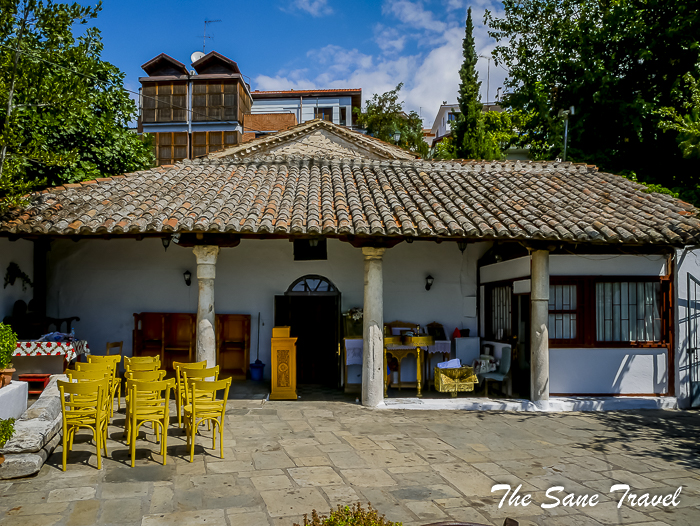

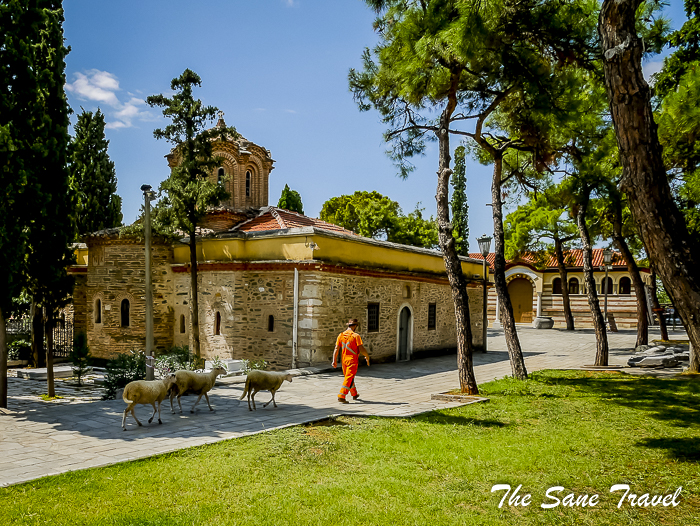
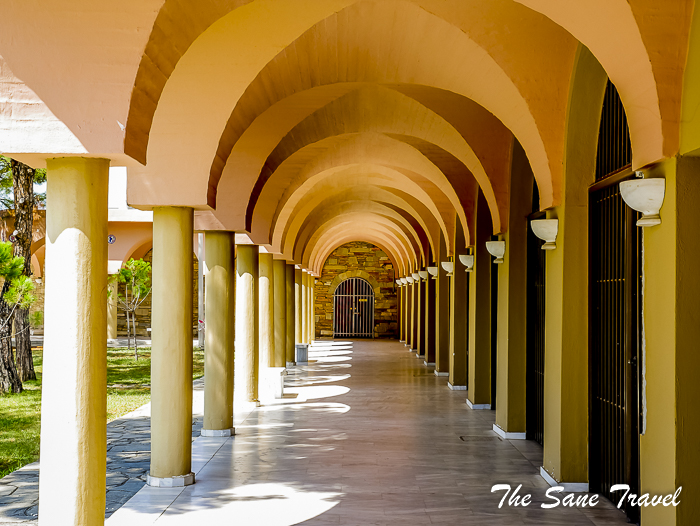
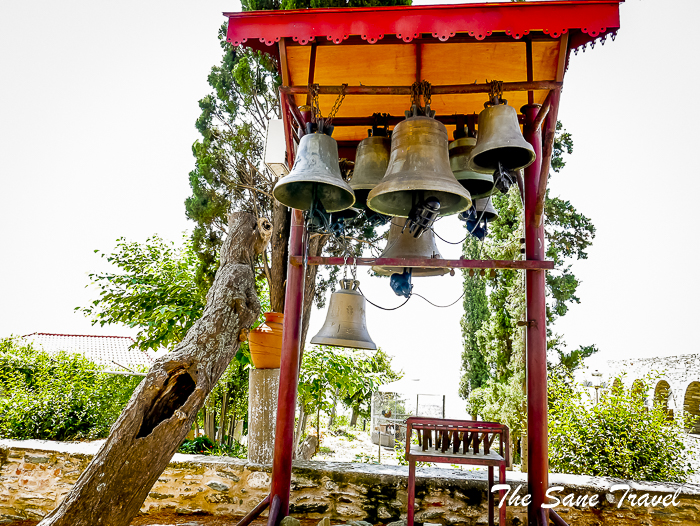
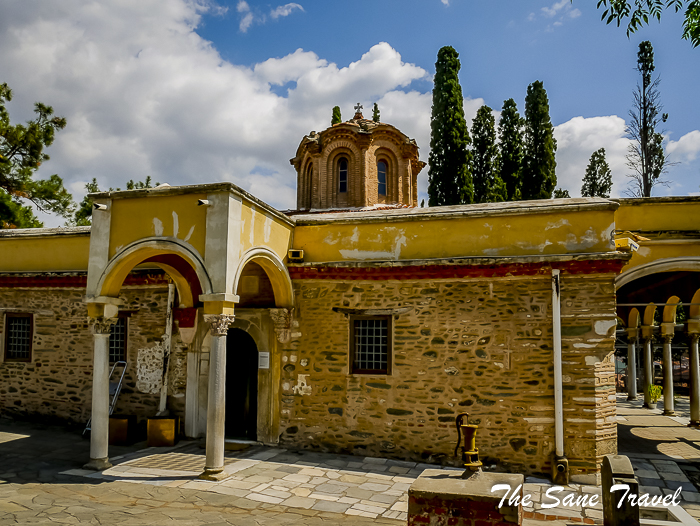
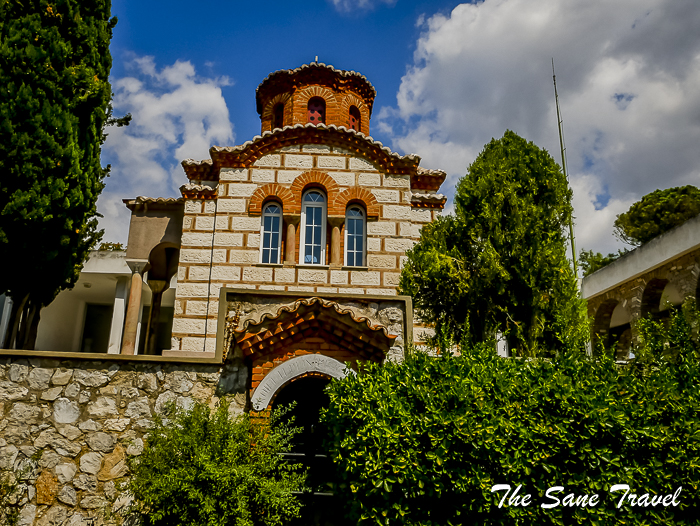

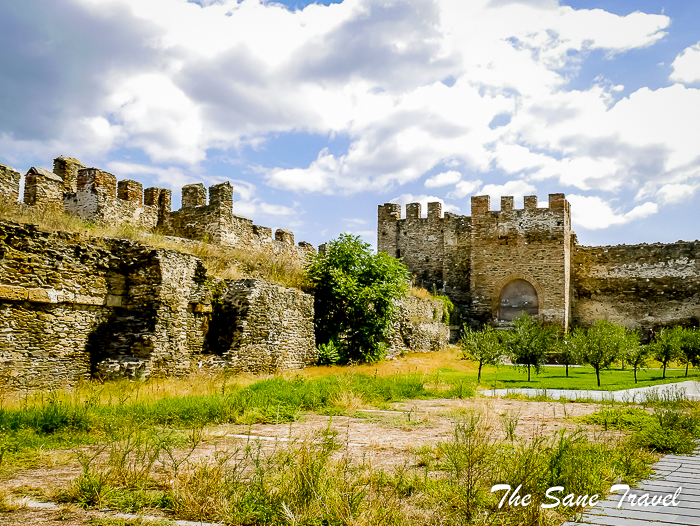


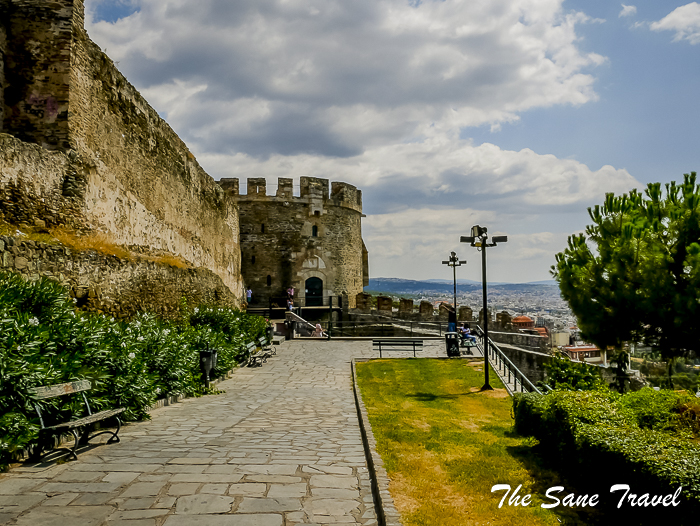


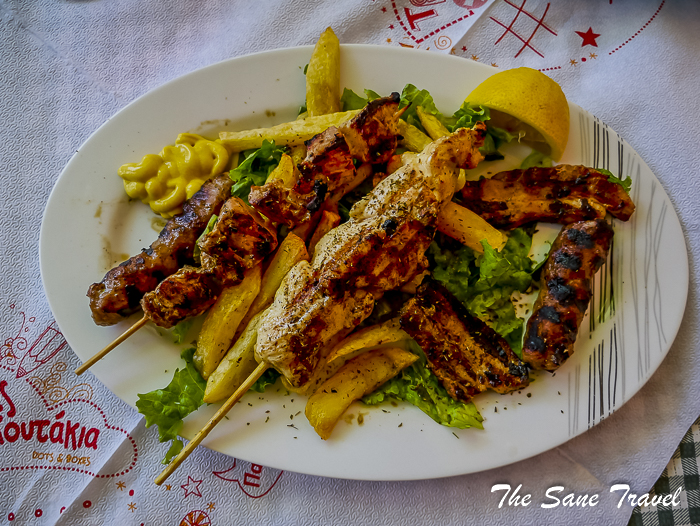
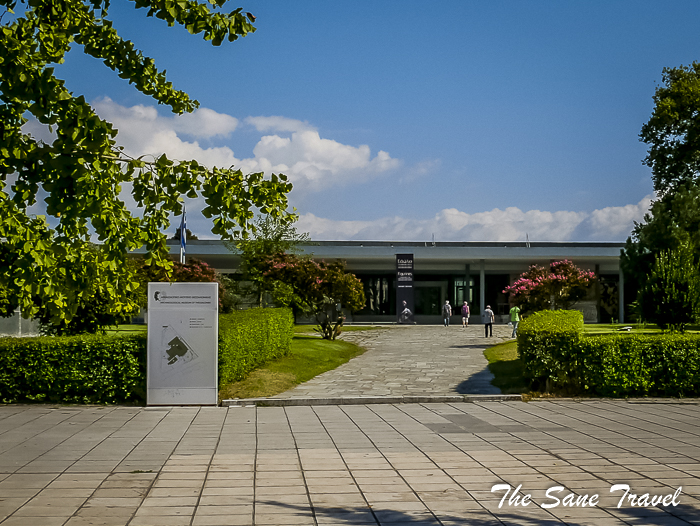

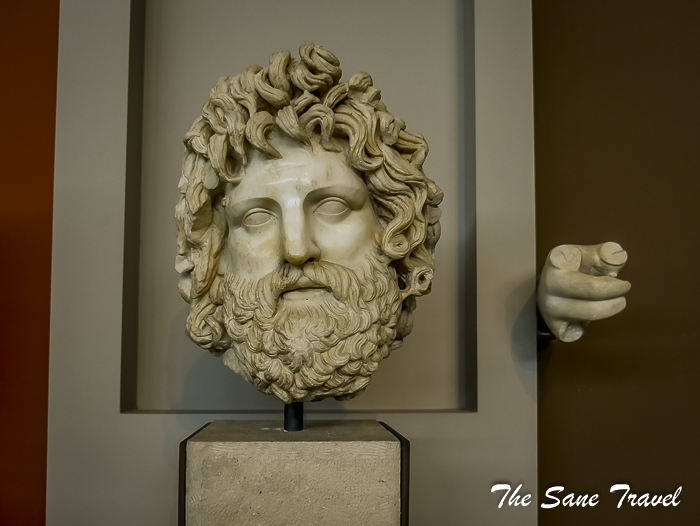
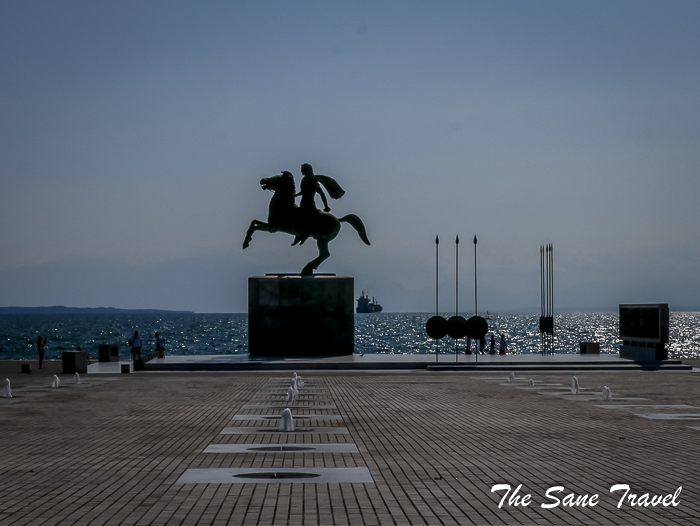



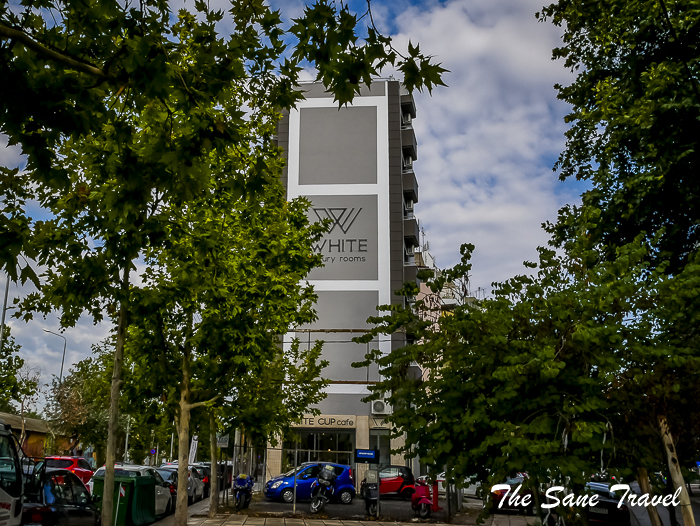
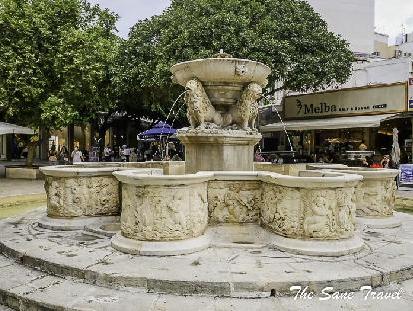
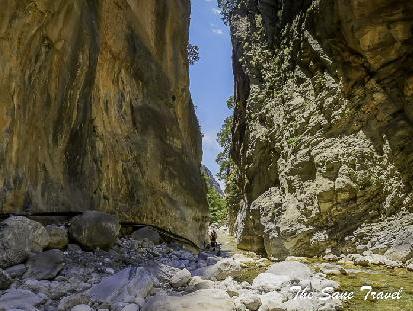

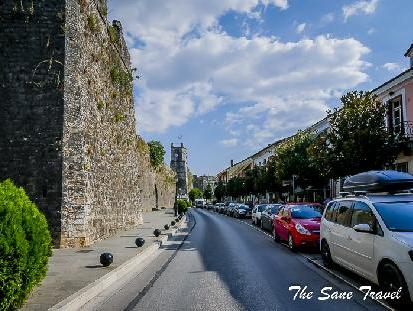


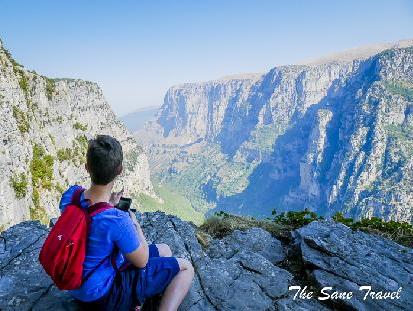
I’m going to Greece in a few days (Athens, Thessaloniki and Santorini)
I’ll be using many of your suggestions for our day-trip to Thessaloniki on Aug 30.
Report
My comments